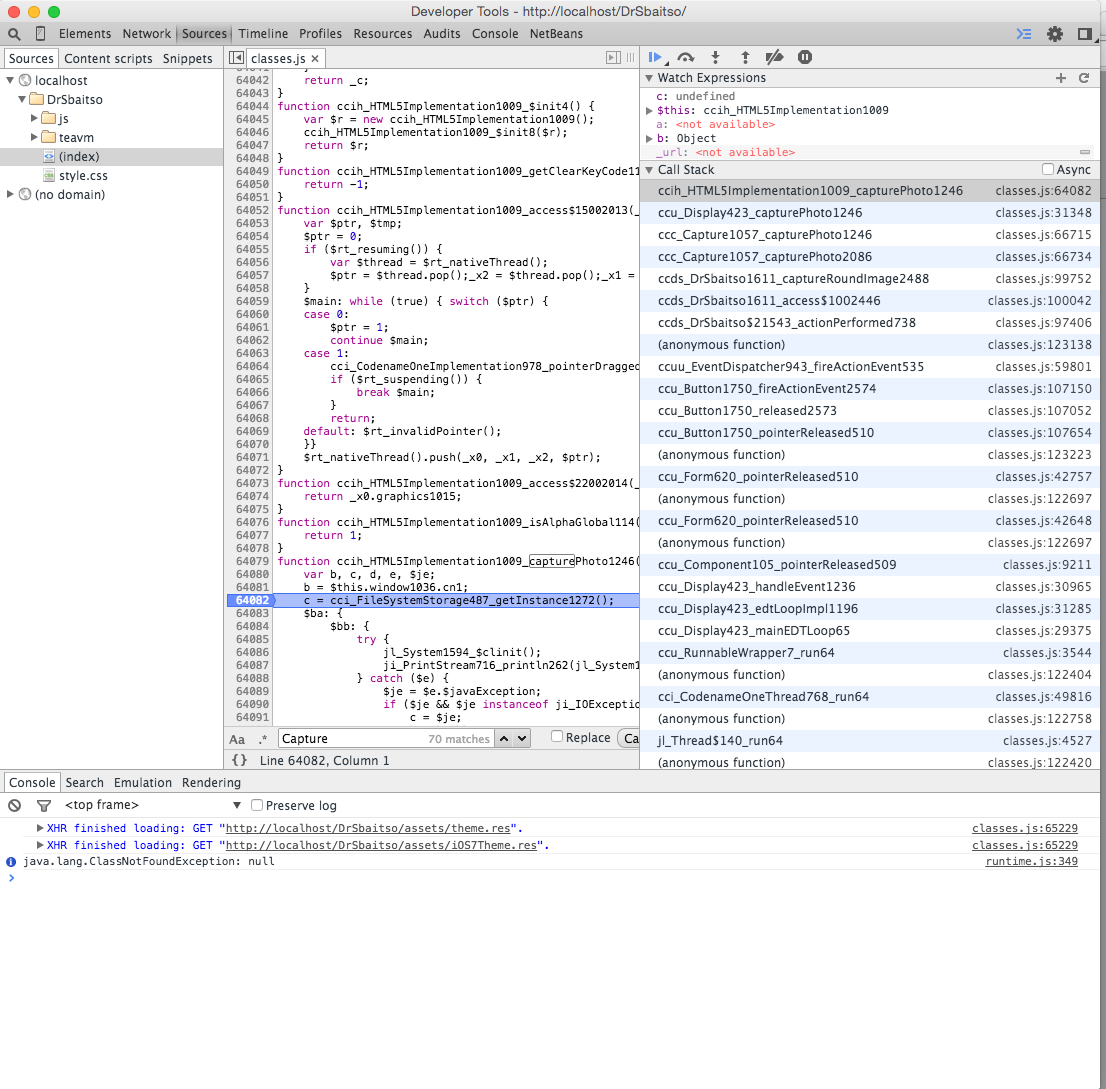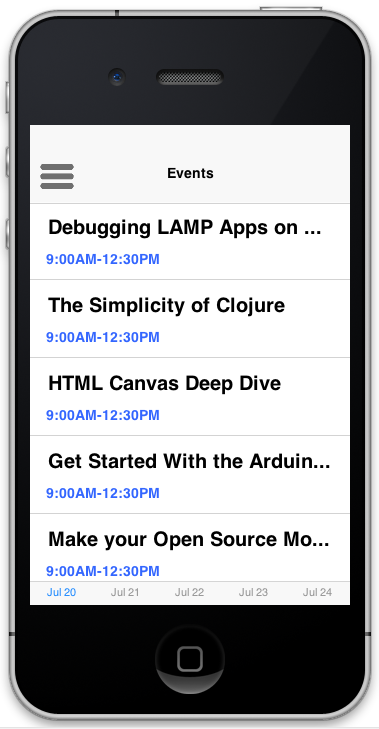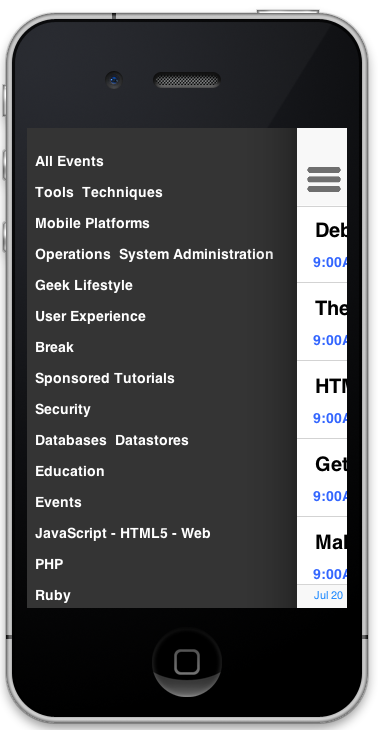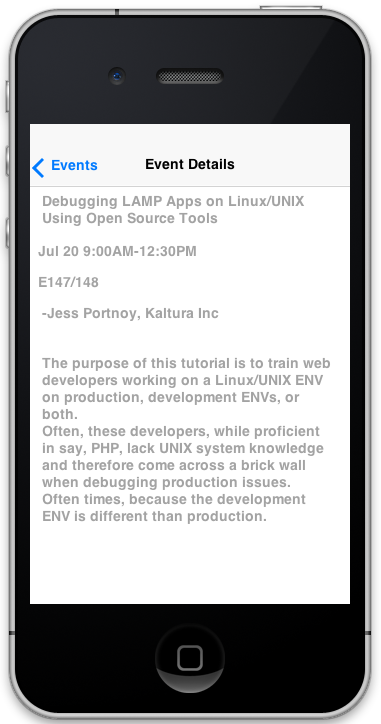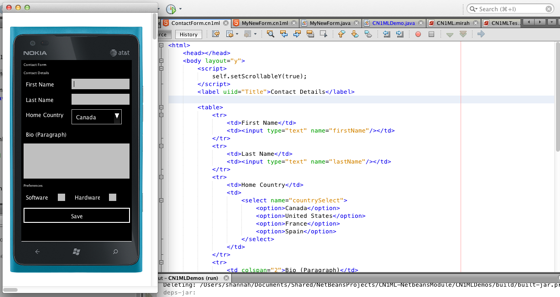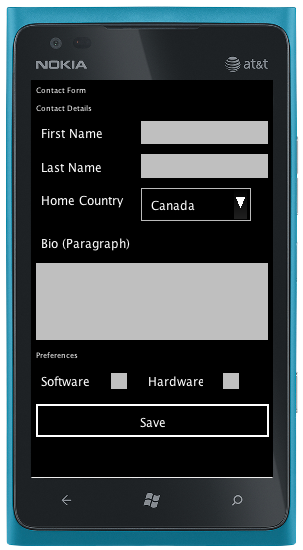RoboVM has been acquired by Xamarin, it was announced; and it would no longer be open source.
Wow.
It only took five minutes for the forum posts and reddit threads to start up condemning the move as some sort of robbery. The RoboVM was accused of luring unsuspecting users into its community on the promise of open source, only to pull a switcheroo and sell out to big business. Some users were demanding the RoboVM team continue to share their work for free, because … that would only be fair.
RoboVM, on the other hand, explained that they had been open source for a few years and had received little to no contributions from the community, so there wasn’t much incentive to continue with that approach. My personal experience with managing open source projects is consistent with theirs. I released the first version of Xataface in 2005. In that time it has hundreds of thousands of downloads, and is still used in many enterprises as the back-bone of their web information systems (I don’t have an exact count since most apps built with Xataface are internal). In that time, I can count the number of community contributions on my fingers and toes. I’m thankful to all of the users who did contribute. But let’s be real, the case for open sourcing a project because the community will contribute is not compelling.
Shut up and Fork it!
No, really. The source (albeit a couple of months out of date) is still on GitHub and it is licensed under the GPL. That repository represents countless hours of high-quality work by incredibly skilled individuals. That is one hell of a contribution to the open source community. Let them move on; And if you want your open source RoboVM, you can build on this fantastic source base.
Personally, I think it is highly likely that the last open source version of RoboVM will continue to circulate for a long time to come. At least in its core as an AOT java VM, it should be maintainable by people on the outside because most of the heavy lifting is already done there. It is the value-added components like the iOS API bindings, and tool support, that will be difficult for the community to maintain going forward. These things are evolving too fast for volunteers to keep up with.
Dependent Tools
If you are an iOS developer who just uses RoboVM to build iOS apps in Java, then the move to close the source probably won’t affect you – except that your costs may be going up some. I wonder more about the impact that this has on other developer tools that have made RoboVM an integral part of their tool chain. I’m thinking about companies like Gluon that provides JavaFX support for iOS and Android. They use RoboVM for their iOS builds. DukeScript, which allows you to write Java apps with an HTML5 UI and deploy to iOS (and other platforms), also uses RoboVM for its iOS builds. How will they respond.
I had argued as recently as 6 months ago that we (at Codename One) should incorporate RoboVM into our toolchain rather than maintain our own Java VM. But we ultimately decided that there was too much risk in that approach because “what if RoboVM closes down, or goes closed source”. 20/20 hindsight shows that we made the right choice and our new iOS VM is now quite mature, performant, and robust. But most importantly we are not dependent upon other external factors for maintaining it.
What Open Source VMs are Left for iOS?
RoboVM wasn’t the only open source VM for iOS. It was just the most active, and provided the best and most comprehensive bindings to the iOS native APIs. But there are alternative VMs that the open source community may turn to for their supply chain. For example:
- Codename One (proper) – (Full disclosure, I work for Codename One)… Codename One is open source and provides a full cross-platform Java solution for write once run anywhere.
- Codename One’s VM – Codename One has developed its own Java VM for iOS that works as a cross-compiler from Java to C. This is open source and is a good option for Java tools that need a path to iOS.
- Avian – Avian is an AOT Java compiler that can be used to compile java directly to iOS binaries. It is written in C++, and has a very permissive license.
- XMLVM. This project has been discontinued. But I mention it for completeness in case people want to revive it.
- OpenJDK for iOS. It has been approved for an iOS port of the Open JDK to be developed. This may also present a long-term option, but this is still only in the planning stage.
- J2ObjC – A transpiler that converts Java source code into Objective-C source code.
- JUniversal – Java source transpiler to C# and C++ that includes a runtime library to help with portability.

